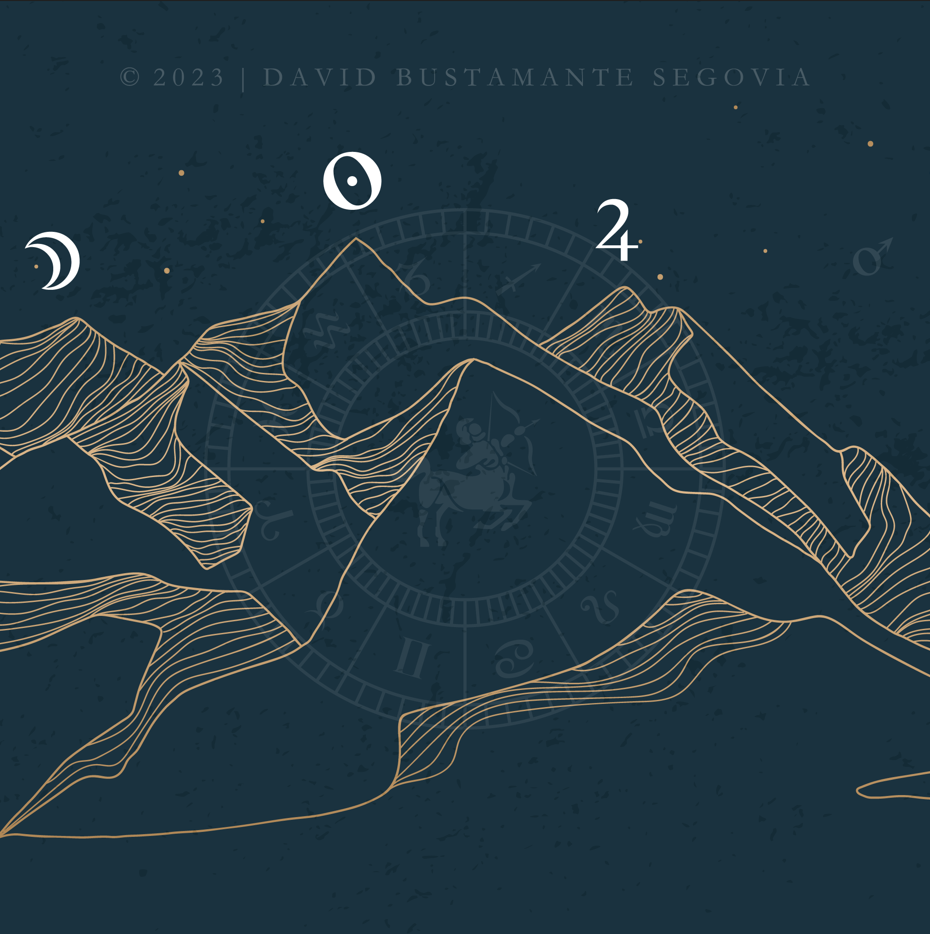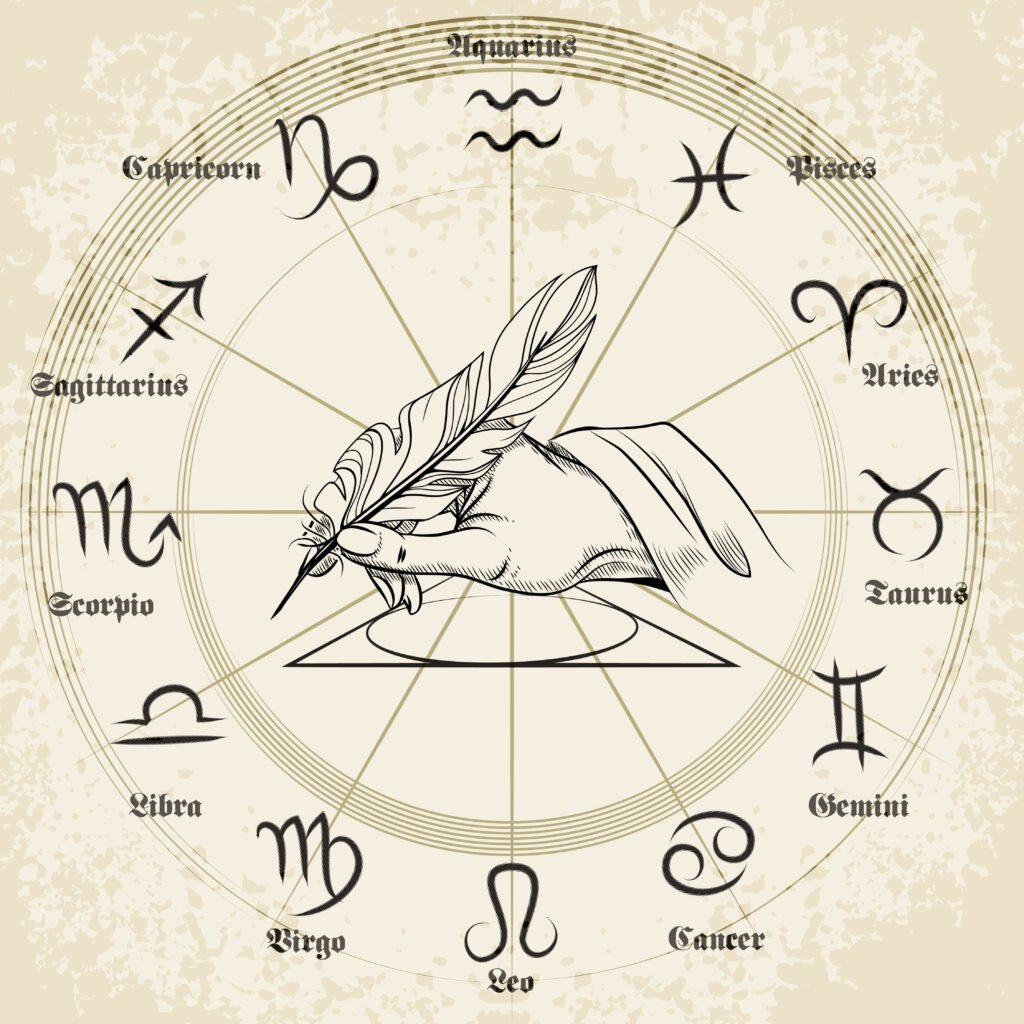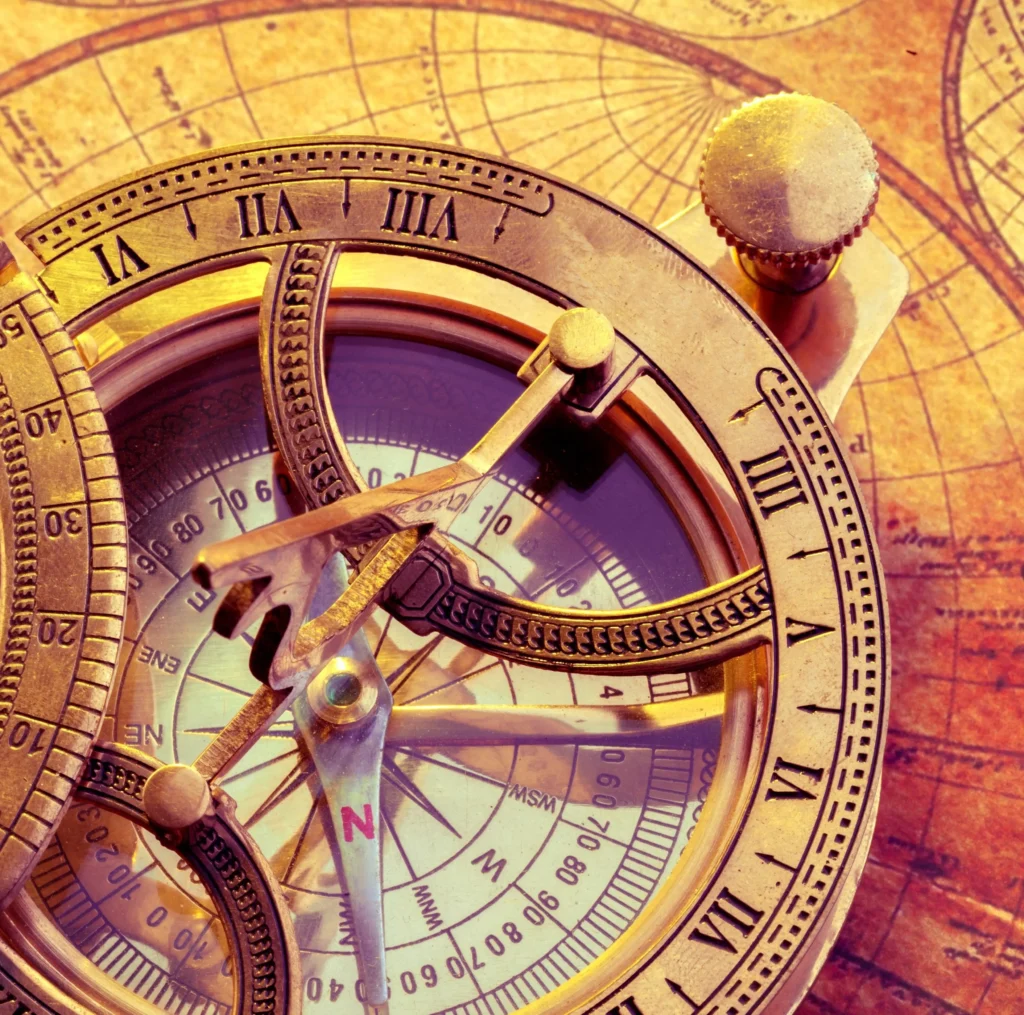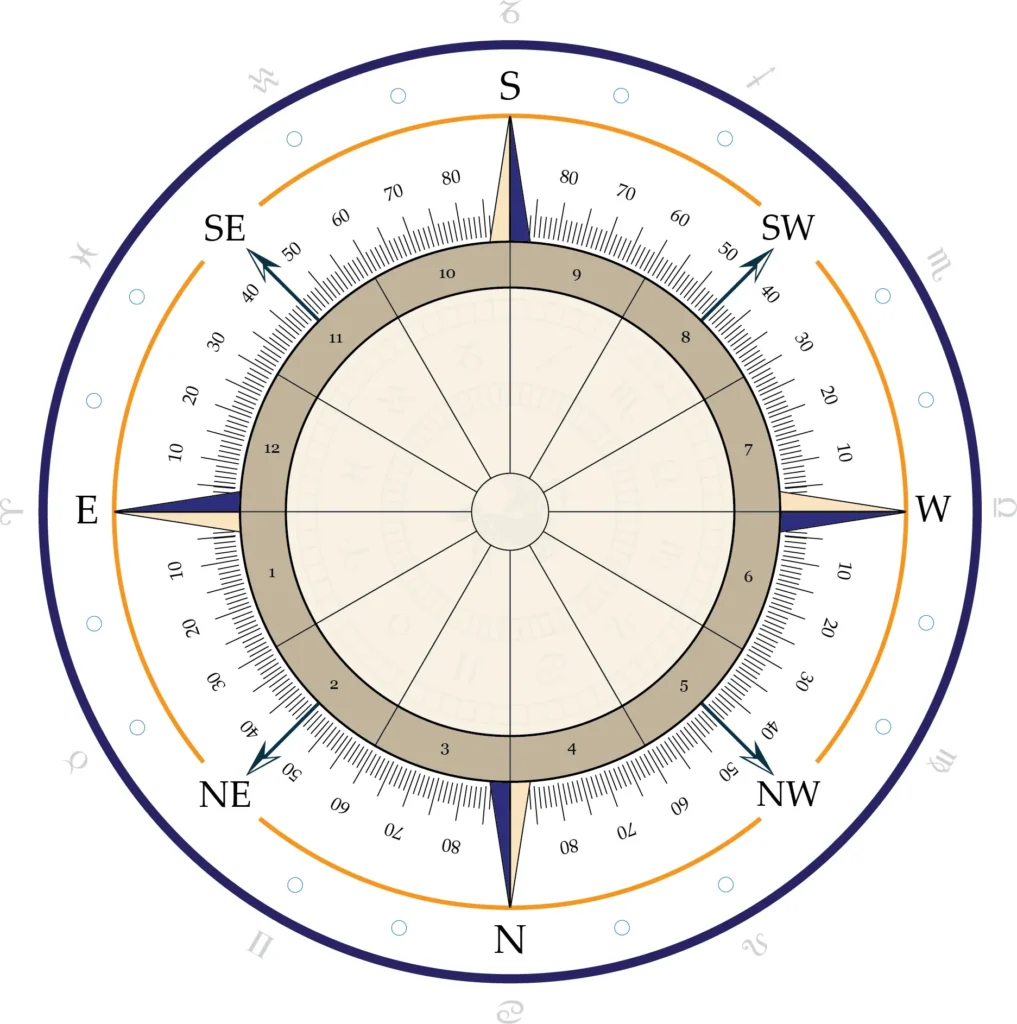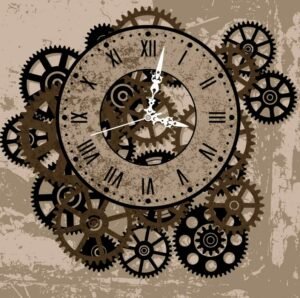
“Nature is the only book that offers the reader a valuable content on all its pages.” Johann Wolfgang von Goethe (1749-1832)
From ancient times to present days, authors of astrological procedural instruction manuals have emphasized the need to assess those aspects or angular relationships that occur beyond celestial bodies among themselves throughout the 360-degree circumference, that is, those that are produced between the planets and a specific angle of the birth chart, whether it be the ASC or the MC or their naturally opposite points, IC and DES, as if these supported the four legs of a large table, the table on which our birth chart lies.
The ancients seemed to have spoken of angular triads and the moderns, in turn, of angular, succedent, and cadent houses. The ancients seem to have spoken of goads («kentron») when looking to tell us about the stimulus (energy or productivity, «chrēmatistikos») to which the planet has been exposed at the angle or pivot (Schmidt, 2009), and Morin (1661) and Weiss (1925), among others, of “elevated” planets or planets “in elevation”.
The planet that looms over an angle is, most certainly, a planet elevated, goaded (Brennan, 2017), or otherwise placed on the top of a mountain and each chart or astrography has four pinnacles or sensitive points, fundamental in our chart; those referred to above. It can also be seen as someone who stands behind a body or an object, or a person, in order to push, propel, or project it forward. It is a species, kind, or type of extol or accent, exaltation or elevation of the planet whose driving force is the angle according to mechanisms of rotation, rotation that establishes the house sequence that we all know.
Implications
- This planet will exert or wield a great influence on the life of the individual and not only will he or she be aware of its effects but those around them and the public in general as well (especially if it concerns the angle that constitutes the cusp of the chart, the Midheaven, where the Sun and other bodies culminate throughout the day).
- The nature of the effect depends, as expected, on the planet that accompanies the angle and relishes said impulse, summit, or rising high by virtue, again, of diurnal rotation mechanism.
- The effects of the planet that propels itself from the ASC—or the effects of the planet that “co-dawns with the native”—will be spilled upon the general physical and cognitive orientation of the individual more than upon any another area of life and, consequently, anyone who knows him or has even seen him will be able to notice the influence of the planet on the individual, even if they do not know or acknowledge the name of said influence (i.e. name of the planet, or astrology). [1] This planet can also make the House matters in question prevail at the expense of those represented by the opposite region of the chart, the 7th. Thus, decisions could be made that some could interpret, qualify, or consider “selfish” (whether they are or not).
- The effects of the planet that propels itself from the IC will manifest in domestic or family affairs more than on any other area of life, and said matters would prevail at the expense of those represented by the opposite region, MC. As in the previous example, decisions could well be made where family, not career, constitutes a priority or, at least, a conflict of interest. Exactly the opposite would happen (the career could gain importance at the expense of domestic or family contexts) if it were the MC that projected the planet(s) looming over said angle.
- The effects of the planet that propels itself from the DES manifest in contractual affairs more than on any other area of life, that is, on its one-on-one relationships with others, whether these are business partners or colleagues, partners or spouses, etc., and said planet could, again, make these matters prevail at the expense of the ones represented by the opposite region of the chart, that is, the 1st, meaning that the native could make decisions at the expense of his own will, of his genuine desire, that which the first region of the chart claims of him to assert; making, however, others the priority.
Whether, in fact, said planet will act at the expense of matters represented by the opposite region, place, or House, or relatively, will depend on other factors. Among these are: (A) the aspects that it could maintain with other celestial bodies in said other regions of the astrography (i.e. 1, 4, 7, 10) or with their significators (planets ruling or governing the sign at the cusps of said houses); (B) conjunctions that it could hold with other planets (not just with the angle in question), especially if these planets bear analogy with matters signified by the opposite region; (C) the general composition of the first region of the chart, as this is the one most sensitive, and because of that it claims, regardless of the matter or subject being investigated, to never lose sight of said content during the rest of the delineation (whether natal or mundane, horary or elective). The first region is what really defines the general tendency of the native’s decisions in his life, as it characterizes him greatly (assessment of said content extends not just to the planet ruling the rising sign, the house where it is guest, and the sign it is in, but also, at least, his dispositor).
POST SCRIPTUM. It should be said that the partile aspects of planets with one of the four “mountain peaks” of our chart or very close to them (not more than 5º of orb) will also be of exceptional relevance, especially if it is one of the two most powerful: the opposition and the trine. Let us remember, also, that when it comes to aspects, we must be clear about a physical principle: every aspect constitutes, also, an angular relationship, but not every angular relationship constitutes, also, an aspect, as the strength, effectiveness, or operability of one is predicated upon the compatibility of the signs on which the relationship is produced, and this compatibility, in turn, on at least one common characteristic or property. Signs having neither polarity nor element nor constitution in common fail to secure or ensure the angular relationship in question or cannot otherwise make a chemical reaction possible. With that said, they compromise the outflow, discharge, or energy current of the planets maintaining the angular relationship, closely similar to what happens in chemistry (see: «covalent bonds»). Signs of the same element and polarity or charge maintain natural trines; signs of the same charge or polarity, sextiles; signs of the same constitution only, squares; signs of the same constitution and charge or polarity, oppositions. Hence the optical theory of the aspects according to the Hellenistic astrological tradition, as in, this is the reason why the ancient must have said that signs maintaining a quincunx, for example, “cannot see each other” or “bear witness to each other.” An allegorical language was employed at a time when chemical science had not been developed, much less molecules or electromagnetism discovered, although there were several notions set forth in this regard by, among others, Democritus and Aristotle. For our part, we will soon publish our Molecular Theory of the Ecliptic (i.e. Zodiac) in order to show what has been stated in this paragraph. There is no doubt in our minds that, had atoms and particles been discovered during times when astrologers were also astronomers, mathematicians, and/or physicians, not YouTubers and/or Instagramers, some or many, especially Ptolemy and the Arabs (e.g. Ezra, Sahl, Māshā’Allāh, Abū Ma’shar), would have postulated the aforementioned theory, as they did postulate similar notions, without mentioning the language they employed to convey significations of signs, planets, and houses; it was a naturalistic language, essentially; naturalism that got lost one translation after another.
_________________
[1] Because, like the ASC, the MC also offers information about “how they see us” (although in more professional or public terms than personal), a planet conjoined to such an angle could also be particularly evident to the general public.
_________________
If you’d like to understand the original rationale of the aspects, house sequence, and more better (it informs or explains much of what we know today, as it constitutes their origin), see Brennan’s Hellenistic Astrology: The Study of Fate and Fortune (2017. Amor Fati), of whose Spanish translation we were responsible.


